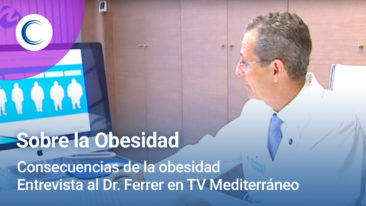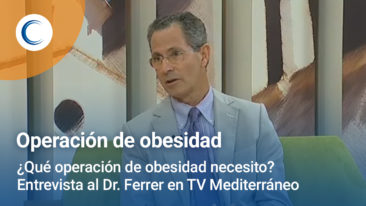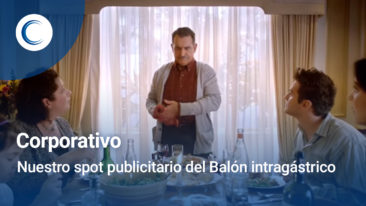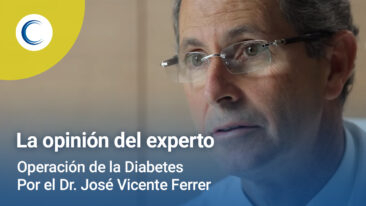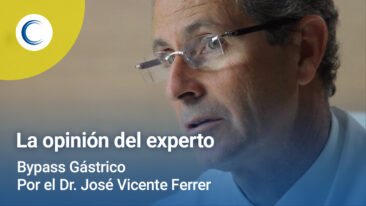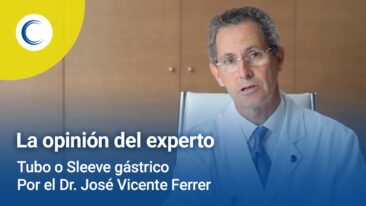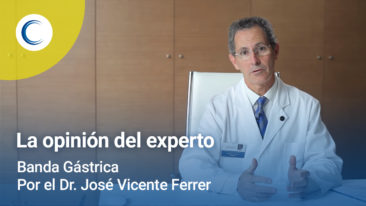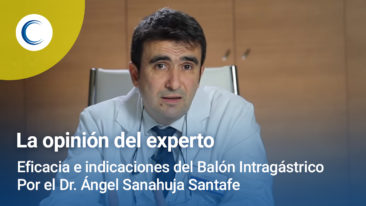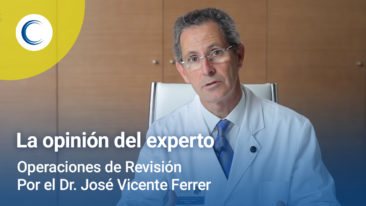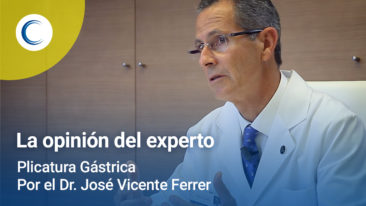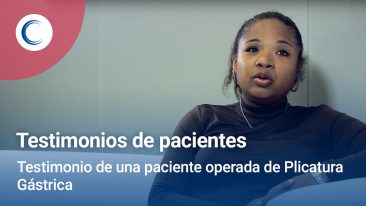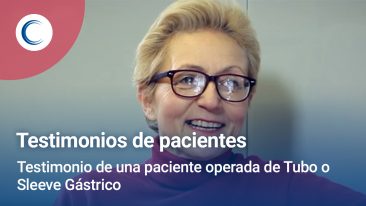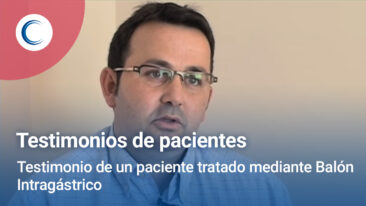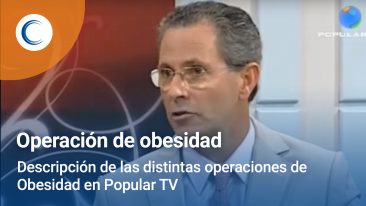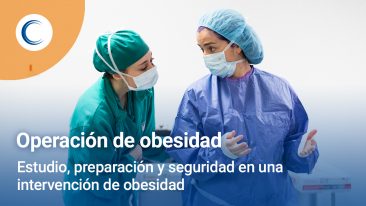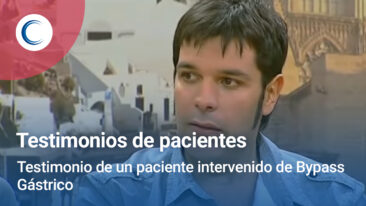Videos
Discover the audiovisual content that we offer you in Clinicas Obésitas.
The gastric tube operation or gastrectomy sleeve, is a new and excellent surgical technique to fight obesity.
It is about 8 years old and is currently tested or supported by all scientific societies.
We were pioneers in Spain in the implementation of this technique, along with two other teams, and currently have a long experience, with more than 310 patients operated and up to 5 years of evolution.
It has been the technique that has displaced almost all the cases of gastric banding, a large part of the gastric bypass, and is the one that arouses most interest in the clinic today.
The experience with our patients has been extremly good, with patients very satisfied with good weight loss, good quality of life with food, few medical checks, with no need to consume vitamins for life, etc.
However, despite its apparent simplicity, it is a delicate operation and should only be performed by teams with great experience in obesity surgery by laparoscopy.
The operation has important technical difficulties that if not resolved correctly can end up producing leaks or fistulas that can be complicated to resolve and asymmetric dilations that in the long run can lead to a recovery of the lost weight. This is resolved by performing a perfectly tubular plasty and as narrow as possible.
We meet the quality parameters recommended by the American Association of Bariatric Surgery for this operation, which are; a possible mortality of less than 0.25%, and possible minor complications of 2%.
We are also very fortunate that out of a total of 310 patients operated on, we have not had any case of mortality.
We currently perform this technique by mini invasive or single port assisted laparoscopic surgery, which is an evolution of conventional laparoscopic surgery.
This technique allows a quick recovery of the patient, because there is less aggression towards the organism, and we also achieve minimum scar marks because the operation is performed through the navel, where the scars are not noticed, with small supports.
In addition, we use the fast track method of postoperative recovery, which allows the patient to stay in the hospital for only 48 hours and return to a normal life in about 7 days.
Although it is the most physiological or natural operation, it cannot be used in all patients because it is less effective against large pecking and eating of sweets.
And, in principle, it should not be used with a BMI above 45.
In any case, the patient must be aware that he must change his lifestyle, improving his nutritional habits by being careful with his meals and doing physical exercise regularly.
You can find more detailed information about this technique on our website.
Thank you.
Expert Opinion: Gastric Tube or Sleeve
Gastric Sleeve, Tubo o Sleeve Gástrico, Expert OpinionIn this video Dr. Ferrer talks about the indications, safety, preparation and possible complications of the Gastric Tube or Sleeve operation. Patients with a suitable profile for this technique. He explains our experience with this operation, the results we have obtained, and what type of patients we recommend it to.
The gastric tube operation or gastrectomy sleeve, is a new and excellent surgical technique to fight obesity.
It is about 8 years old and is currently tested or supported by all scientific societies.
We were pioneers in Spain in the implementation of this technique, along with two other teams, and currently have a long experience, with more than 310 patients operated and up to 5 years of evolution.
It has been the technique that has displaced almost all the cases of gastric banding, a large part of the gastric bypass, and is the one that arouses most interest in the clinic today.
The experience with our patients has been extremly good, with patients very satisfied with good weight loss, good quality of life with food, few medical checks, with no need to consume vitamins for life, etc.
However, despite its apparent simplicity, it is a delicate operation and should only be performed by teams with great experience in obesity surgery by laparoscopy.
The operation has important technical difficulties that if not resolved correctly can end up producing leaks or fistulas that can be complicated to resolve and asymmetric dilations that in the long run can lead to a recovery of the lost weight. This is resolved by performing a perfectly tubular plasty and as narrow as possible.
We meet the quality parameters recommended by the American Association of Bariatric Surgery for this operation, which are; a possible mortality of less than 0.25%, and possible minor complications of 2%.
We are also very fortunate that out of a total of 310 patients operated on, we have not had any case of mortality.
We currently perform this technique by mini invasive or single port assisted laparoscopic surgery, which is an evolution of conventional laparoscopic surgery.
This technique allows a quick recovery of the patient, because there is less aggression towards the organism, and we also achieve minimum scar marks because the operation is performed through the navel, where the scars are not noticed, with small supports.
In addition, we use the fast track method of postoperative recovery, which allows the patient to stay in the hospital for only 48 hours and return to a normal life in about 7 days.
Although it is the most physiological or natural operation, it cannot be used in all patients because it is less effective against large pecking and eating of sweets.
And, in principle, it should not be used with a BMI above 45.
In any case, the patient must be aware that he must change his lifestyle, improving his nutritional habits by being careful with his meals and doing physical exercise regularly.
You can find more detailed information about this technique on our website.
Thank you.


